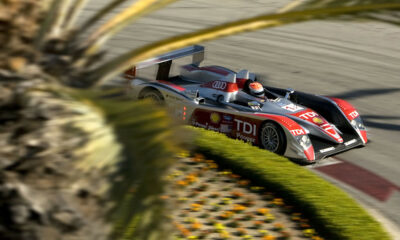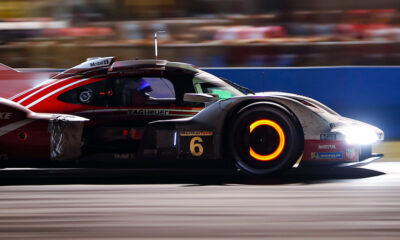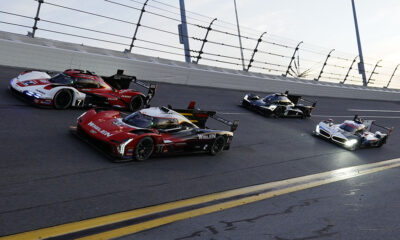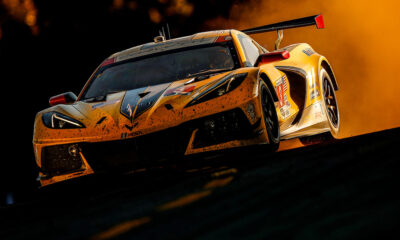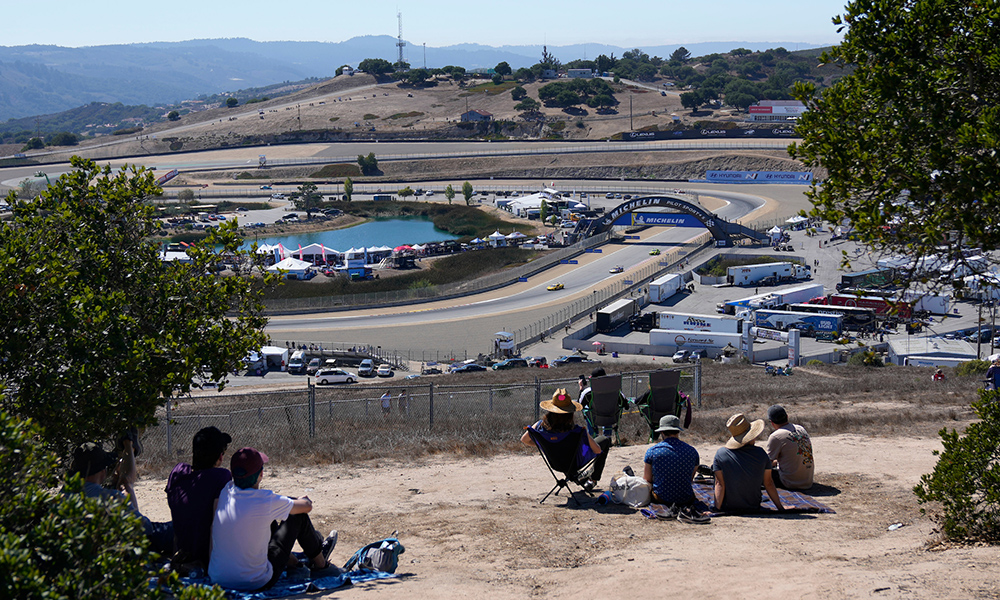
Photo: Michelin
IMSA heads to WeatherTech Raceway Laguna Seca for the first of six ‘standard’ two hour and 40-minute races, after opening the season with 24-hour, 12-hour, and 100-minute duration races.
The Michelin Endurance Cup races at Daytona, Sebring, Watkins Glen, and Michelin Raceway Road Atlanta. Each Endurance Cup race offers a wide range of durations, with evolving race and tire strategies while frequent caution periods play out. That is not the case at Laguna Seca.
“The two-hour 40-minute races are a full sprint. The duration plays into car set ups, race strategies and makes the drivers more aggressive. Track position is important, and teams can’t count on a full course yellow to help them recover from any issues,” said Hans Emmel, Michelin IMSA WeatherTech Series manager.
“Laguna Seca is a shorter circuit (2.238 miles) with much quicker lap times than Daytona or Sebring. The DPi race lap record is: 1:15.669. By comparison, the DPi race lap record at Daytona is 1:33.724 and 1:46.151 at Sebring, so it is much easier to go a lap down,” said Emmel.
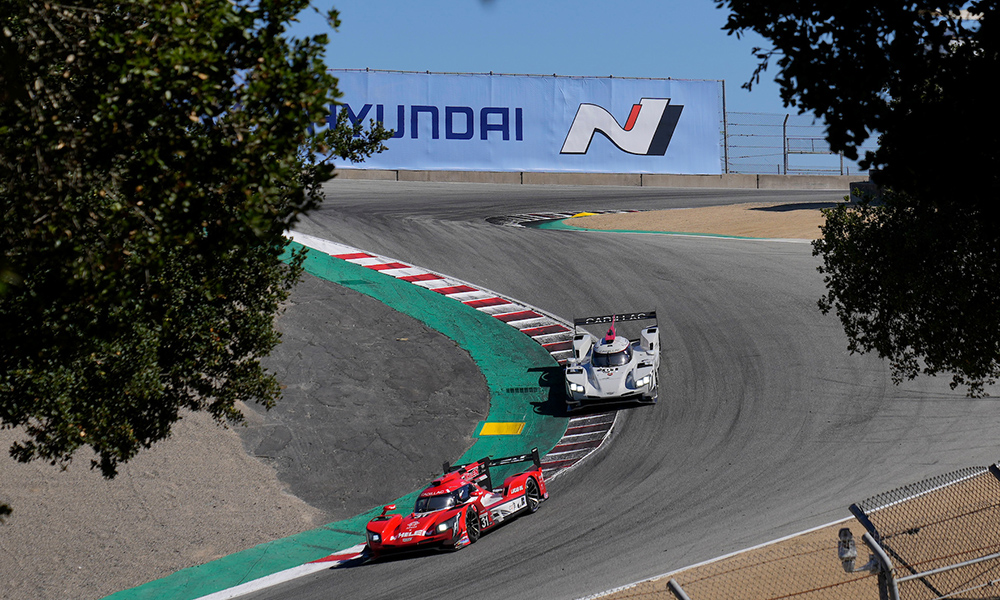
Photo: Michelin
A Quick Comparison
According to various sports sites, the average Major League Baseball game in 2021 lasted three hours and 11 minutes and the average NFL football game was three hours and twelve minutes.
The game duration times are only part of the story. An MLB game in 2021 featured 18 minutes of genuine action, and an NFL game just 11 minutes.
In contrast, the two-hour and 40-minute WeatherTech races are a full sprint. There are no half- time shows, pitcher changes, or team-initiated time-outs.
Imagine a football game with teams substituting on the fly like a hockey game. Green flag pit stops are a bit like that.
The 2021 Laguna Seca event only had nine full course yellow laps of the 118 completed.
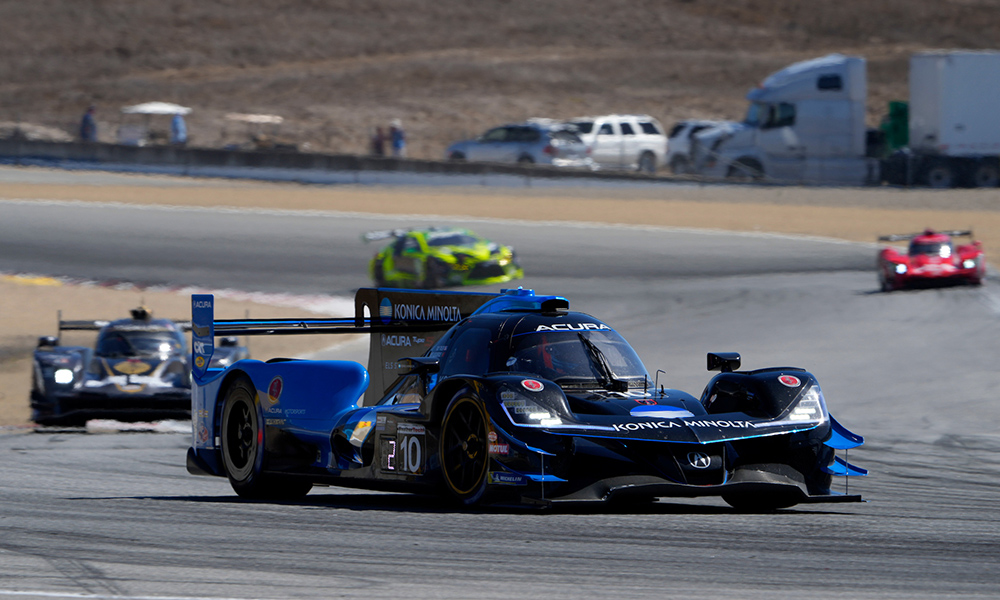
Photo: Michelin
Race Plans
At Laguna Seca, DPi teams are likely to make three pit stops, while their GT counterparts often plan for just two stops. The unknown variable is the tire wear rate on the aging and increasingly abrasive track surface.
Only a decade ago, Michelin prototype and GTLM teams often choose medium or even soft compound tires. Now with single specification options required, all will race on the harder Michelin range.
Despite the surface changes, Michelin and IMSA teams set eight new track records at Laguna Seca last fall.
Track temperatures can also vary widely based upon the level of direct sun or cloud cover. The timing and frequency of full occurs yellows can have a major impact on race and tire strategies.
“The track layout and surface along with the elevation changes and sun sensitivity make this a real challenge for the teams and drivers, and for tires. It should be fun,” said Emmel.



















